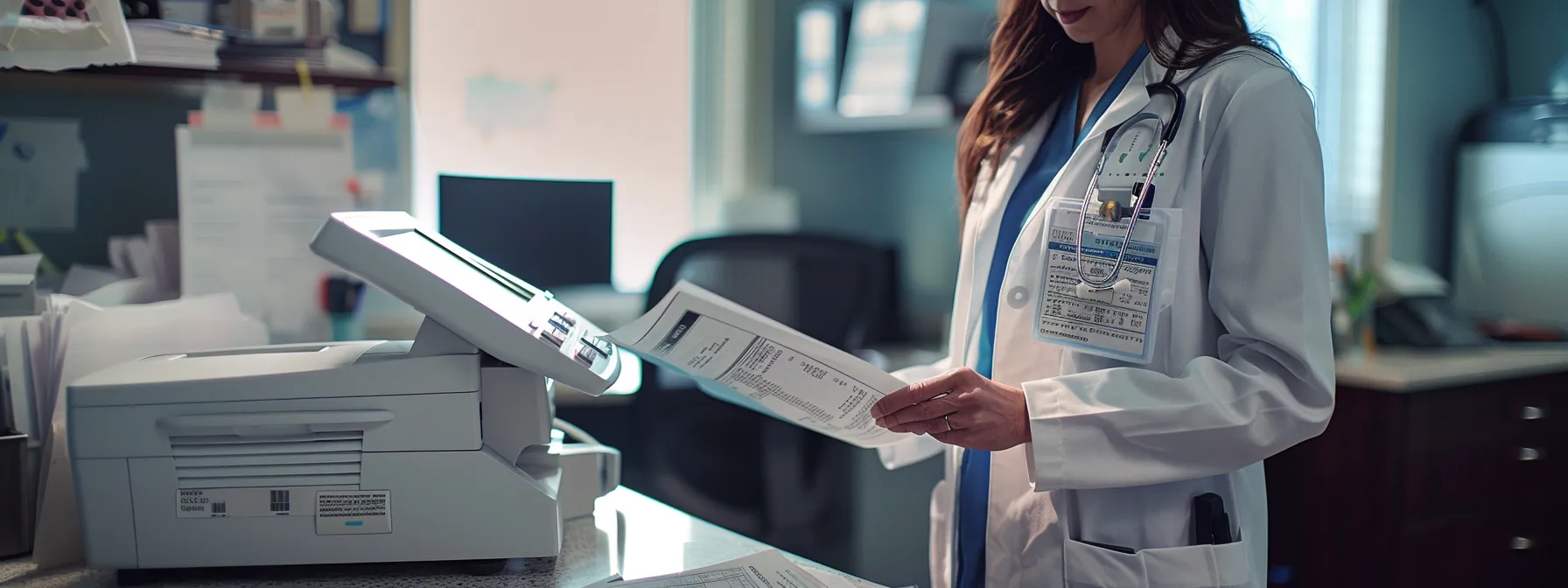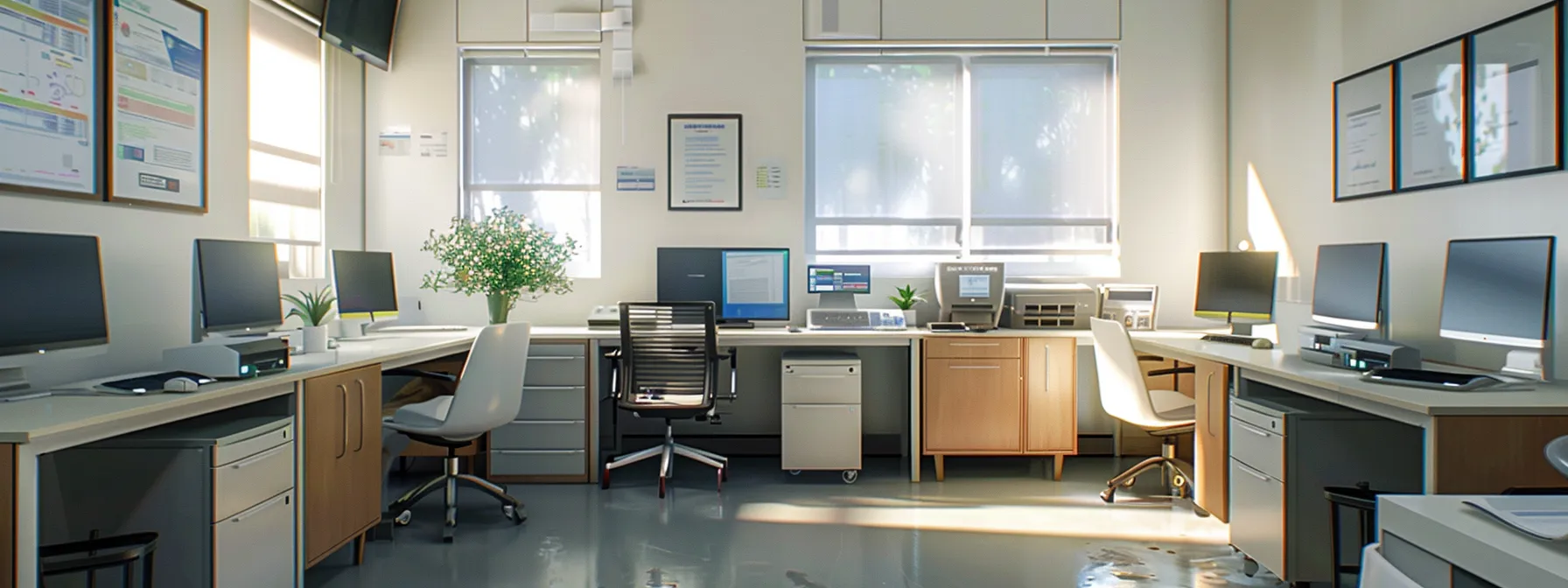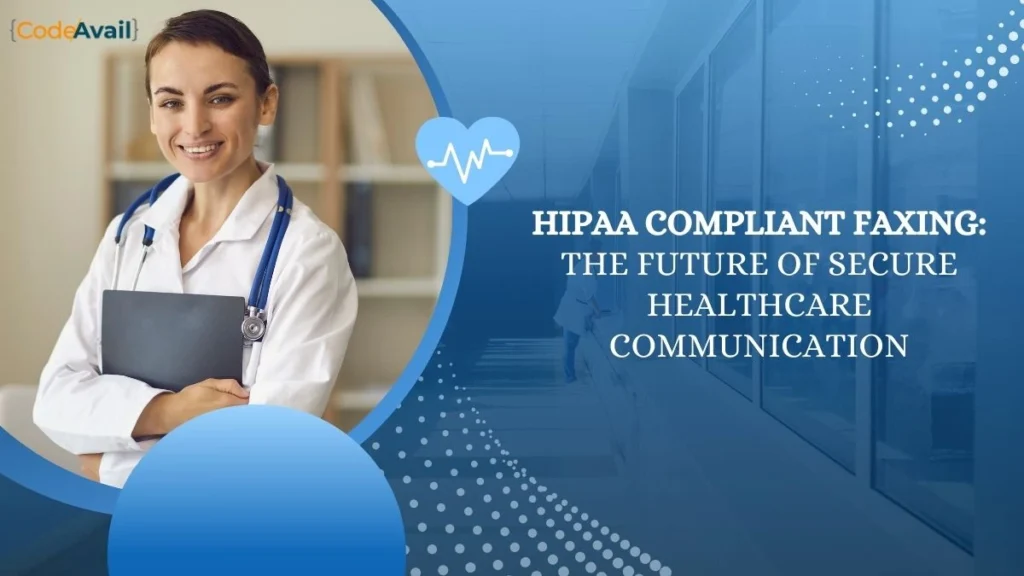The Health Insurance Portability and Accountability Act (HIPAA) has defined the standards for protecting patient information since its inception. In the age of digital communication, faxing remains a cornerstone in the exchange of healthcare information. However, it’s crucial to ensure that these transmissions adhere to HIPAA regulations to safeguard patient privacy and maintain legal compliance. HIPAA-compliant faxing represents the dedication of the healthcare industry to secure patient data with every exchange. Below, we explore the essence, advancements, and best practices of HIPAA-compliant faxing in healthcare communication.
Ensuring Privacy in Healthcare Communication
Table of Contents

Patient confidentiality is paramount in the healthcare industry. Faxing medical records and other sensitive information demands strict adherence to HIPAA guidelines. This compliance ensures that patient data is not compromised during transfer between medical professionals and institutions. The integrity of the communications is protected through various safeguards, such as encryption, secure phone lines, and privacy disclaimers.
HIPAA-compliant faxing not only mitigates the risk of unauthorized access but also ensures that healthcare providers meet regulatory standards. Violations of HIPAA can lead to significant fines and legal repercussions for medical facilities. Therefore, the impetus for maintaining compliant faxing practices is not only ethical but also financial and legal.
Furthermore, compliant faxing services offer tracking and audit trails, enabling healthcare organizations to monitor and record the dissemination of information. This level of accountability is not just a requirement but a reassurance for patients who trust their providers with sensitive health information.
Implementing a fax HIPAA compliant system takes thoughtful planning and resources. Nevertheless, the investment into these technologies pays dividends in maintaining patient confidentiality and adherence to federal regulations.
The Evolution and Importance of HIPAA in Healthcare Faxing

Since its enactment in 1996, HIPAA has had a transformative impact on healthcare practices. Prior to HIPAA, there were no standardized regulations for the exchange of healthcare information. The act brought forth a series of rules that revolutionized how organizations handle patient data, including the way faxes are sent and received.
The Privacy Rule, a component of HIPAA, specifically addresses the confidentiality of patient health information. It establishes standards for protecting medical records and personal health information by regulating the way such data is shared. Faxing equipment and processes have had to evolve to meet these stringent guidelines.
The introduction of electronic faxing marked a major shift. This technology reduces the risk of lost or misdirected faxes by routing information directly to secure, designated recipients. Additionally, electronic faxes can be encrypted, further protecting patient information during transmission.
Innovative Technologies in Compliant Fax Solutions

As the healthcare sector becomes more digitized, innovative technologies are being deployed to ensure faxing remains HIPAA compliant. Cloud-based fax services provide enhanced security by hosting data on secure servers with advanced encryption. This reduces vulnerabilities associated with traditional fax machines and paper documents.
Innovations in user authentication and access controls also play a crucial role in HIPAA-compliant faxing. Multi-factor authentication ensures that only authorized personnel can send and receive faxes, thereby preventing unauthorized access to sensitive information.
Machine learning and artificial intelligence are also being introduced into faxing systems. They can help identify patterns that might indicate a breach or potential non-compliance issue, thereby proactively addressing risks before they manifest into larger problems.
Best Practices for Implementing Secure Faxing in Healthcare Facilities
Hospitals, clinics, and other healthcare institutions must adopt best practices for secure faxing to comply with HIPAA. Establishing clear policies and procedures is crucial for staff to understand the importance of compliance and the steps necessary to maintain it. Regular staff training ensures that all employees are up to date on the latest regulations and technologies.
One key practice is the regular audit and assessment of faxing systems. Healthcare facilities must ensure that their technologies and processes do not become outdated and vulnerable to new threats. Updating systems and keeping abreast of the latest security advancements is essential for continuous compliance.
Another best practice is minimizing the amount of sensitive data being faxed when possible. Reducing the quantity of identifiable patient data transmitted enhances privacy and reduces the potential impact of a data breach. This approach aligns with the HIPAA’s minimum necessary standard, which stipulates that only the minimum amount of information required should be used or disclosed.
Altogether, HIPAA-compliant faxing is a critical aspect of modern healthcare that affects privacy, trust, and operational efficacy. Overall, as healthcare providers continue to leverage advanced technologies to safeguard communications, patient trust will be bolstered, data integrity maintained, and compliance with regulatory standards ensured.
Also Read: Guide On How To Develop AI-Driven Healthcare Applications


